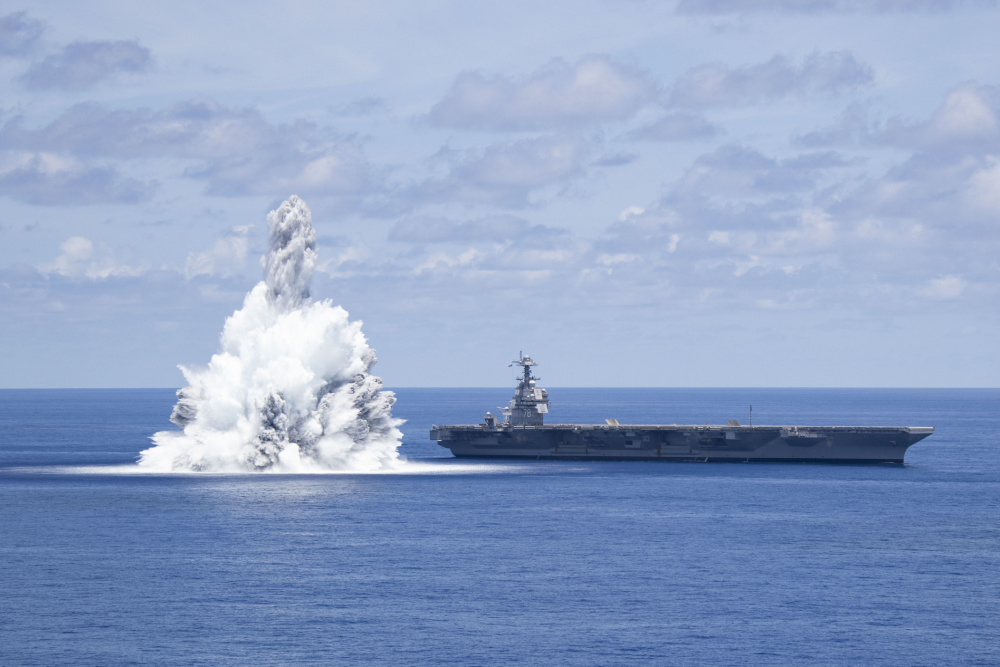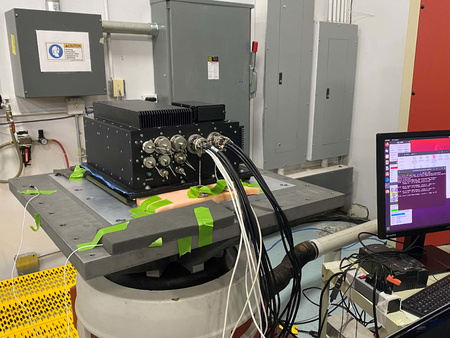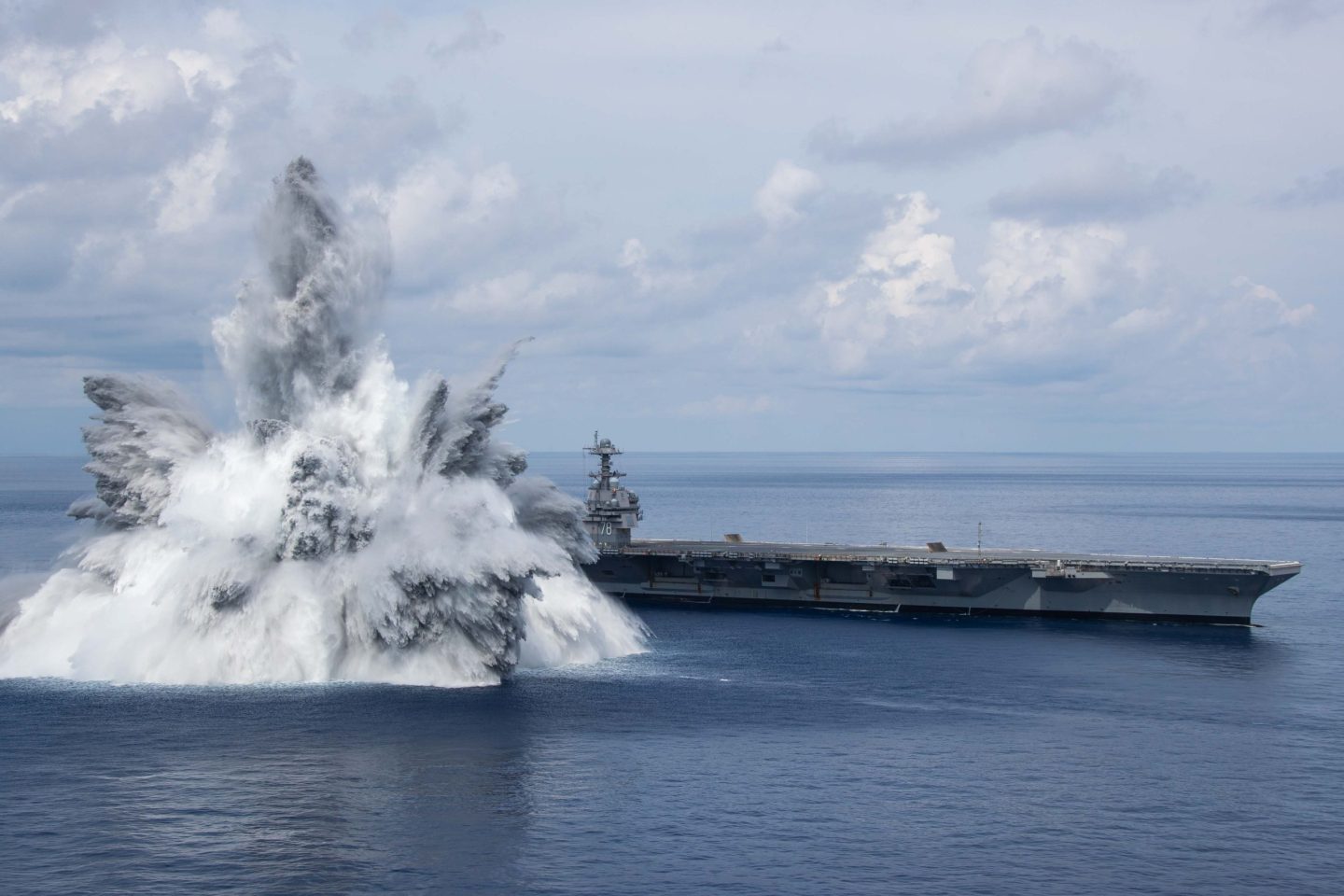What Is A Rugged Computer?

If you’re thinking about buying a rugged computer, then you need to have the confidence that it can survive the most extreme conditions and it will still function when it’s needed in critical situations. But what exactly is ruggedization, and what do you need to look out for?
While many of the internal components may be the same as your home or office computer, a ruggedized computer or server is hardened both electronically and mechanically to be able to operate even when subjected to extreme operating environments. This includes extreme high and low temperatures; vibration and shock; exposure to dust, sand or water; and even surviving electromagnetic interference.
For the military, these high-performance rugged embedded computers and rackmount servers are normally in vehicles – including ground vehicles, ships, aircraft, and drones (UAVs), operating in the most austere environments on the planet. Rugged military electronics are critical for 21st century frontline operations, enabling platforms and command centers to process and fuse data from numerous sensors and host complex AI algorithms for near real-time processing and exploitation. System failure is not an option.
For sectors such as oil and gas, industrial rugged computers and servers ensure that operations run efficiently and that any downtime is avoided, which can result in project delays and loss of earnings. Like the military, many of these companies operate in extremely challenging environments and conditions.
Computer hardware deployed in extreme conditions for mission-critical applications not only has to provide high performance and capability, but also has to meet higher standards of ruggedization, especially rigorous military standards and testing.
Common ruggedization military standards (MIL-STDs) you should know
Systel ensures that its ruggedized computers and servers meet the highest test standards, particularly the tough requirements set out by the Department of Defense (DoD), known as MIL-STDs. These standards determine the technical requirements for equipment that will be used by the military in the most extreme environments and conditions.
MIL-STDs ultimately ensure reliability and high quality for our military personnel, as well as commonality across services and with allies.
We have three decades of in-house engineering knowledge and know-how, so are experts in ensuring that the engineering and manufacturing of equipment passes military testing. Here are just some of the standards we follow:
MIL-STD-810H (formerly MIL-STD-810G) – environmental protection
One of the most common standards for ruggedization is MIL-STD-810, a DoD standard that ensures electronic equipment – such as a computer or server – is designed, manufactured and tested to demonstrate it can survive extreme environmental conditions. It is a comprehensive document, coming in at over 1,000 pages!

Photo: Systel 3U rackmount server undergoing in-house vibration testing
The testing profiles and standards encompassing MIL-STD-810 can be universally applied to defense, commercial, or industrial applications as a ruggedization standard.
The DoD’s MIL-STD-810H is the most recent iteration of the standard, replacing the previous MIL-STD-810G in January 2019. The document sets out a total of 28 different laboratory tests that can be conducted to validate that a product is fully ruggedized. The MIL-STD-810H standard defines test methods and procedures for numerous environmental requirements including operating and non-operating temperatures, shock and vibration, sand and dust, altitude, humidity, rain and fluids, temperature shock, gunfire and ballistic shock, explosive atmosphere, fungus, and salt fog.
MIL-STD-461G – EMC/EMI standards
MIL-STD-461 sets out the standards on how to test electrical equipment for electromagnetic interference (EMI) and electromagnetic compatibility (EMC). The first MIL-STD-461 was published in 1967, and the most recent MIL-STD-461G was released in 2015 and consists of 19 tests.
In technical terms, the DoD states that MIL-STD-461G “establishes interface and associated verification requirements for the control of the electromagnetic interference (EMI) emission and susceptibility characteristics of electronic, electrical, and electromechanical equipment and subsystems designed or procured for use by activities and agencies of the Department of Defense (DoD)”.
In simple terms, a piece of electronic equipment that is MIL-STD-461G certified will be compatible with other electronics in the system, and the equipment itself will also not be degraded by the emissions of other electronics that may be close by. This is crucial for military customers in order to ensure that components within a wider system do not fail due to poor EMI/EMC design, which could potentially affect personnel safety and their ability to complete their mission.
MIL-DTL-901E – shipboard shock testing
MIL-DTL-901E covers high-impact shock testing requirements for systems and other equipment that will be fitted to naval vessels, which can include surface ships, submarines and aircraft carriers. This standard superseded MIL-S-901D in the late 2010s, which had defined the shock testing requirement for naval combatant ships dating back to 1989.
According to NTS, a provider of testing and qualification services, the newer MIL-DTL-901E standard “offers more detailed testing and production procedures, land testing conditions and extensive examples and diagrams. These changes are meant to make the standard easier to understand and leave less room for ambiguity”.
An extreme example of how a vessel can go through shock testing was demonstrated in June 2021 by the US Navy when it detonated 40,000lbs of explosives near the USS Gerald R. Ford (CVN 78) aircraft carrier. The impressive detonation close to the vessel ensured that the hull and the systems on board can withstand a “battle-shock” scenario.
MIL-STD-167-1 – shipboard vibration

Photo: USS Gerald R. Ford (CVN 78) Conducts Shock Trials. Source: dvidshub.net
As we have seen, vibration is well covered in MIL-STD-810G, but MIL-STD-167-1 is a specific standard used by testers to ensure that equipment onboard naval vessels can meet certain vibration requirements and will not fail. Testing is applicable “to shipboard equipment subjected to mechanical vibrations from the environment and from internal excitation caused by unbalanced rotating components of Naval shipboard equipment”, according to the Navy’s documentation.
MIL-STD-1275E/704F – electrical power
These MIL-STDs define voltage characteristics and safety of electrical systems within military vehicles and aircraft. MIL-STD-1275 covers the limits of transient voltage characteristics and steady state limits of the 28 VDC electric power circuits of military vehicles. MIL-STD-704F establishes the requirements and characteristics of aircraft electric power provided at the input terminals of electric utilization equipment.
Systel’s pedigree in ruggedization
Systel leverages over three decades of experience to ensure that our ruggedized products meet the most demanding military standards and testing regimes. All of our engineering and manufacturing is done in-house and all of our products are made in the USA.
Our sales and product teams work with customers to configure purpose-built solutions to meet exacting requirements. Our engineering team utilizes advanced analysis tools and software suites to design the products and perform rigorous environmental and ruggedization analysis. We perform qualification testing on prototype systems and put all production systems through ESS testing before shipment.
We leverage in-house test capabilities as well as work with qualified and verified third party test houses, locally and nationally, to ensure that all of our products meet the stringent testing requirements that are required for our frontline troops and other industrial sectors.
Let's Talk!
Have questions or want to learn more? Contact our team and let’s talk!